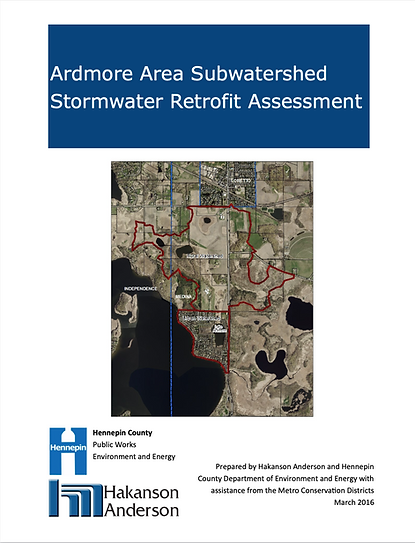Lake Studies
Update on Impacts of Prop Wash on Lake Sediments
Summer 2023
Boats are larger and more powerful today than they were in years past. This trend accelerated over the Covid-19 Pandemic. Today Minnesota has the highest level of per capita boat ownership in the nation. The good news is that more people are enjoying our lakes than ever before. The bad news is that with this increase in the capacity of boats and the increase in the number of boats, there has been an increase in issues, including impacts from large wakes on shoreline erosion and the impacts of more powerful prop thrust on lake beds. The Saint Anthony Falls Lab at the University of Minnesota began investigating boating impacts on lake ecology. This webinar covers the first phase that looked at wake energy and height, and introduces early data from the second phase of research which investigated prop thrust characteristics and energy.
UMN researchers study waves created by recreational boats
A new study by researchers at the St. Anthony Falls Laboratory found that popular wakesurf boats require a greater distance from the shoreline to reduce the potential impact of their larger waves. The researchers measured maximum height, total energy, and maximum power of the waves, and how the wake waves changed as they moved away from the boats and toward shore.
Researchers involved include Lead researchers Jeff Marr and Andy Riesgraf, plus William Herb, Jessica Kozarek, Matt Lueker, and Associate Professor Kimberly Hill in the University of Minnesota Department of Civil, Environmental, and Geo- Engineering.
This study found that:
-
When researchers compared the wake waves of the four boats during their most typical mode of operations, the data indicated that wakesurf boats require distances greater than 500 feet from the shoreline/docks and other boats (or the distance of a little less than 1.5 football fields) to decrease their wake wave characteristics to levels similar to the non-wakesurf boats.
-
When researchers compared the wake waves of the four boats under conditions that generated the largest wake wave, the data indicated that wakesurf boats require distances greater than 425 feet from the shoreline/docks and other boats to decrease their wake wave characteristics to levels similar to the non-wakesurf boats.
-
In both modes of operation, the suggested distance from shoreline/docks for wakesurf boats is more than twice the distance of the 200 feet currently recommended by Minnesota guidelines for common recreational boats.
-
Under both slow and fast speed conditions, the wakesurf boats produced the largest waves in terms of height, energy, and power when compared to the non-wakesurf boats.
-
Larger, more energetic waves need to travel a greater distance to decrease in wave height, energy, and power.
This report establishes an important baseline for the study of wake waves produced by wakesurf boats—a topic of growing interest across the country.


Spurzem Creek Subwatershed Assessment is complete
County Environmental and Energy staff just completed a first draft of the Spurzem Creek Subwatershed Assessment. This assessment will help the county and its partners identify and assess the water quality benefit of conservation practices in the subwatershed, which includes all the lands that drain to Spurzem Creek and eventually Lake Independence. Figure 1 in the assessment shows the watershed area.


